
How to Incorporate More Protein into Your Meals Without Overdoing It
Protein is an essential nutrient that supports muscle growth, tissue repair, hormone balance, immune function, and satiety. While it's widely known that increasing protein can aid in weight loss and overall health, there's often confusion about how much is enough—and how to include it without overloading the body.
Overconsumption of protein can stress the kidneys, reduce intake of other vital nutrients, and even lead to imbalanced meals. The goal is not just to eat more protein, but to integrate it smartly and sustainably into your meals in a way that suits your body and lifestyle.

Why Protein Is Important in Everyday Meals
Protein is made up of amino acids, which are involved in nearly every function in the body. From maintaining muscle mass and building enzymes to transporting nutrients and supporting immunity, protein is indispensable.
Including protein in daily meals helps maintain stable blood sugar, curb cravings, and prevent energy crashes. It also supports long-term weight management by promoting satiety, helping you feel fuller for longer periods and naturally reducing calorie intake.
Risks of Eating Too Little or Too Much Protein
Eating too little protein can lead to several health problems. The body begins to break down muscle for energy, and symptoms such as fatigue, muscle weakness, poor concentration, and hair thinning may appear. In severe cases, immunity and wound healing can also be compromised.
On the other hand, excessive protein intake—especially from animal sources or supplements—can lead to digestive issues, kidney strain in sensitive individuals, dehydration, and reduced intake of fiber and essential nutrients from fruits, vegetables, and whole grains. Balancing intake is key for optimal health.
Ideal Protein Intake: How Much Is Enough?
The average sedentary adult needs around 0.8 grams of protein per kilogram of body weight. However, this increases with age, physical activity, or specific health goals like muscle building or weight loss. Many experts recommend 1.2 to 2.0 grams per kilogram for active individuals or those trying to preserve lean mass during fat loss.
Instead of consuming large portions in a single meal, spreading protein evenly throughout the day helps optimize muscle protein synthesis and prevents unnecessary strain on the body.
Symptoms of Imbalanced Protein Consumption
Recognizing the signs of both protein deficiency and excess can help you fine-tune your diet:
Signs of Low Protein Intake:
-
Frequent fatigue and lack of energy
-
Loss of muscle mass
-
Brittle nails, hair thinning, and dry skin
-
Slow wound healing and frequent infections
-
Constant hunger and difficulty staying full
Signs of Too Much Protein:
-
Digestive discomfort (constipation, bloating)
-
Dehydration or increased thirst
-
Bad breath (especially with low-carb, high-protein diets)
-
Headaches and mood swings
-
Nutrient imbalances or reduced fiber intake
Moderation and variety are essential to avoiding these extremes.
Simple Ways to Add Protein Without Going Overboard
Incorporating protein doesn’t have to mean big portions of meat or constant protein shakes. Small, consistent choices throughout the day can make a big difference.
-
Start with breakfast: Add eggs, Greek yogurt, cottage cheese, or a spoon of nut butter to your morning routine.
-
Balance your snacks: Choose protein-rich options like roasted chickpeas, boiled eggs, cheese cubes, or protein bars with clean ingredients.
-
Upgrade your carbs: Pair bread, rice, or pasta with protein-rich toppings like lentils, beans, paneer, or lean meats.
-
Use dairy creatively: Milk, curd, and paneer can boost both flavor and protein in curries, smoothies, and salads.
-
Choose whole grains and legumes: Quinoa, lentils, and legumes offer fiber and plant protein, keeping meals balanced and satisfying.
Smart Protein Swaps for Everyday Meals
Small swaps in your usual recipes can increase protein without adding unnecessary calories or bulk.
|
Low-Protein Item |
Smart Protein Swap |
|---|---|
|
White rice |
Quinoa or lentil rice mix |
|
Regular yogurt |
Greek yogurt |
|
Potato filling |
Boiled egg or paneer mash |
|
White bread |
Sprouted grain or whole wheat bread |
|
Sugar-laden cereals |
Oats with chia seeds and nut butter |
|
Creamy pasta sauce |
Yogurt-based or cottage cheese-based sauces |
These swaps help make meals more nutrient-dense while maintaining familiar flavors and textures.
Sample High-Protein Daily Meal Plan (Balanced)
|
Meal |
Food Items |
Estimated Protein (g) |
|---|---|---|
|
Breakfast |
2 boiled eggs + multigrain toast + Greek yogurt with seeds |
30g |
|
Mid-Morning |
Handful of almonds + cottage cheese cubes |
15g |
|
Lunch |
Grilled tofu with vegetable stir-fry + brown rice |
35g |
|
Evening Snack |
Roasted chickpeas + buttermilk |
12g |
|
Dinner |
Moong dal + paneer bhurji + sautéed vegetables |
35g |
|
Total |
|
127g |
This meal plan offers a protein-rich day without relying on supplements, and includes both plant and dairy-based sources for variety and balance.
Hidden Protein in Everyday Foods
Even foods that aren’t traditionally considered protein-rich can contribute to your daily intake:
-
Vegetables: Spinach, peas, broccoli, and sweet corn contain small but useful amounts of protein.
-
Whole grains: Brown rice, oats, barley, and whole wheat contribute to protein while offering essential fiber.
-
Nuts and seeds: Flaxseeds, sunflower seeds, almonds, and peanuts offer both protein and healthy fats.
When consumed in combination, these sources add up to meaningful contributions toward daily goals.

Special Considerations for Different Lifestyles
Protein needs vary across different groups:
-
Vegetarians/Vegans: Should focus on combining legumes, soy, grains, nuts, and seeds to get complete protein profiles.
-
Elderly: Require slightly more protein to preserve muscle mass and support bone health.
-
Athletes/Active individuals: Benefit from higher intake, especially around workouts for muscle recovery.
-
People with kidney issues: Should avoid overconsuming protein without medical guidance and opt for moderated intake.
Individual needs can be assessed with the help of a nutritionist or dietitian.
Summary
Adding more protein to your meals doesn’t have to mean going overboard. When done mindfully, it enhances metabolism, supports lean muscle, and helps regulate appetite and energy levels. Balancing protein with whole grains, fruits, vegetables, and healthy fats ensures meals remain nutritious, satisfying, and sustainable.
Choosing natural, nutrient-dense protein sources and spacing intake throughout the day keeps your body energized and functioning at its best. Whether you’re trying to lose weight, build strength, or simply eat smarter, Lofoods offers a wide range of protein-rich, low-carb foods that make balanced eating easy and enjoyable.
This Blog post is an initiative by Lo! Foods, to provide accurate and Nutritionist / Doctor approved information related to Health. Lo! Foods is India's leading brand for Everyday Functional Foods. Foods designed for specific Health conditions or Needs. Lo! Foods also runs India's largest range of Low Carb Healthy Cloud Kitchens, under the brand names of Lo!, ProteinChef, ATH (All Things Healthy) and DiabeSmart.



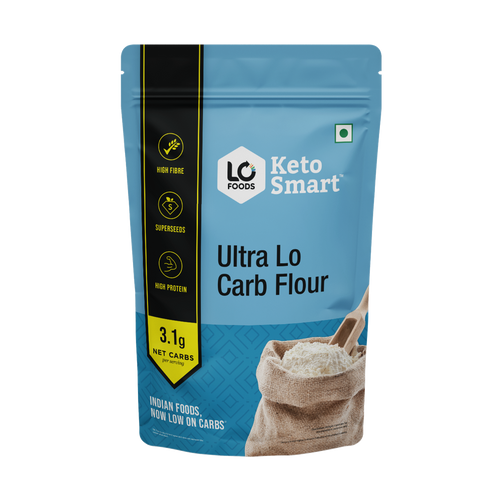
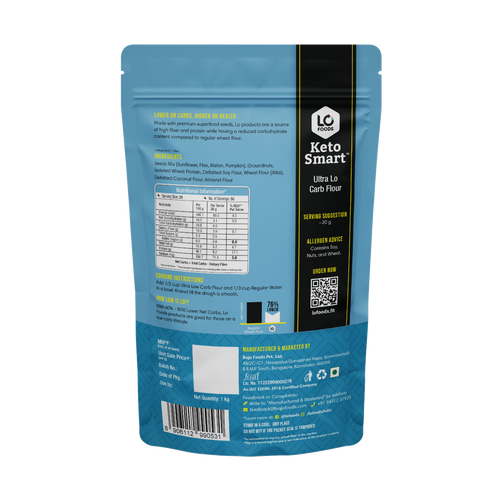
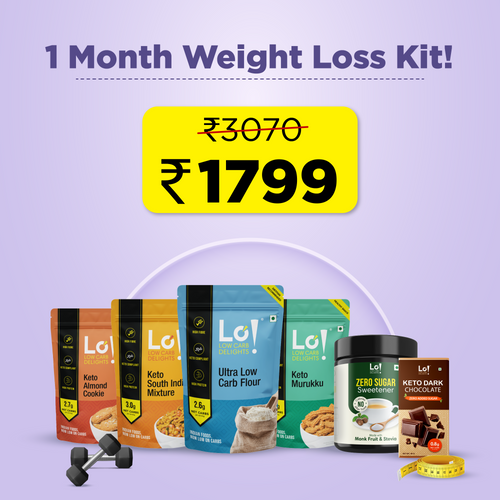
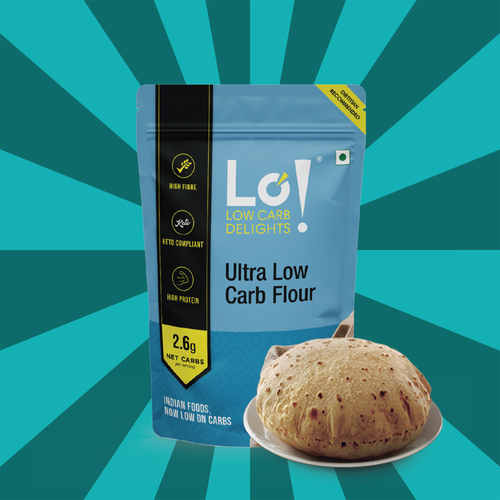
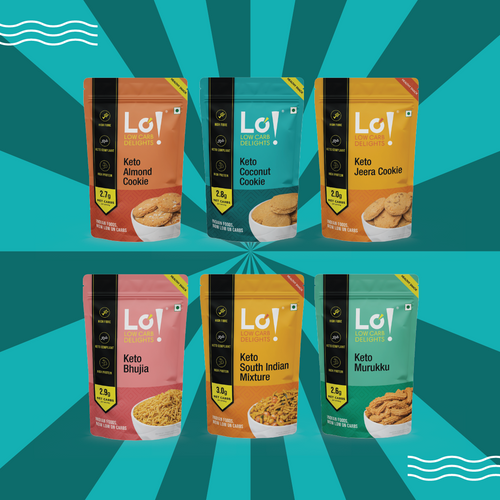







Leave a comment
Your email address will not be published.